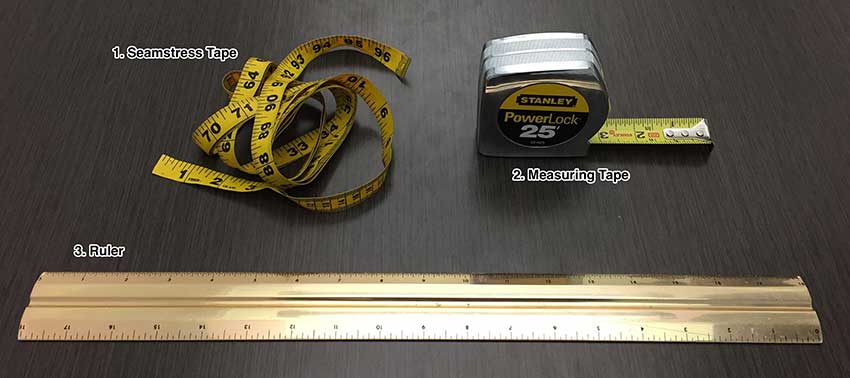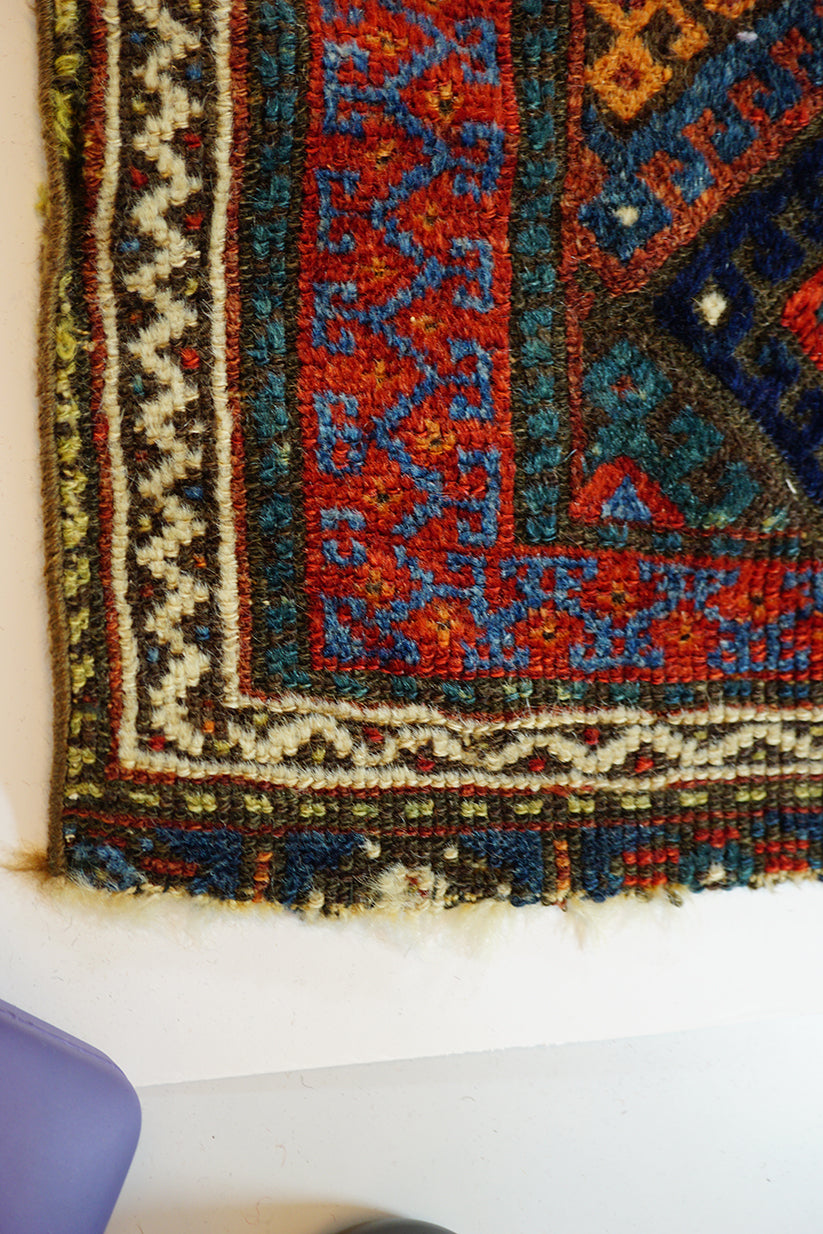
An 1855 Type 2 gold dollar with an NGC grade of MS-64 achieved $8,200 plus the buyer’s premium in January 2022. Image courtesy of Pacific Global Auction and LiveAuctioneers
Of the many coins created and released by the mints of the United States, only three official gold dollar coins have been issued – the fewest of any denomination. These coins lure collectors with their gold content and the traditional artistry of 19th-century American coin design. But, as with most collectibles, some specimens have greater investment value than others.

Christopher Bechtler’s privately-minted gold dollar coins gained acceptance because they were known to be of honest weight. A circa-1840s example minted by his son Augustus earned $3,250 plus the buyer’s premium in November 2021. Image courtesy of Gold Standard Auctions and LiveAuctioneers
Before diving in, it’s worth mentioning that collectors are not strictly limited to U.S. government-minted examples. When Congress failed to authorize the creation of a gold dollar coin in the Coinage Act of 1792, at least one individual stepped up to meet the demand. Christopher Bechtler was a goldsmith and watchmaker originally from Baden, Germany who set up a private gold foundry in Rutherford County, North Carolina, about 75 miles west of Charlotte, North Carolina. He serviced the first gold rush in the country following the discovery of gold there in 1799.
Bechtler, later joined by his sons, minted private gold coins in denominations of $1, $2.50 and $5, based on different carat weights. His coins were not considered legal tender within the United States and circulated only within the region. The Bechtler family closed the foundry in the 1850s, but their gold coins, in any denomination, are valued at auction for both their historical connection to the first gold rush in America and the purity of their gold.

A Christopher Bechtler one dollar Carolina coin, dating to between 1827 and 1842 and with an NGC grade of MS-63, realized $13,000 plus the buyer’s premium in June 2021. Image courtesy of Ira & Larry Goldberg Coins & Collectibles and LiveAuctioneers
By the late 1840s, gold was being discovered in sufficient quantities in North Carolina and California for Congress to reconsider allowing the creation of a gold dollar coin for general circulation. The coin would be a boon to small, rural communities where early banknotes had not yet integrated into the economy, but a potent objection remained: gold dollar coins are easily counterfeited.
Nonetheless, Congress passed the Coinage Act of 1849, which at long last authorized the US Mint to produce a gold dollar coin. Each was a bit smaller in diameter than the dime then in circulation, with only 1.67 grams of gold (31.1 grams to the troy ounce). The dollars were minted at 90% gold and 10% copper and were struck at five different US Mints from 1849 through 1889.

A Type 2 gold dollar coin struck at the Philadelphia Mint in 1855 sold for $130 plus the buyer’s premium in July 2011. Though it was in weakened condition, the auction sum beat the coin’s melt value of $76. Image courtesy of Manor Auctions and LiveAuctioneers
The US Mint’s Chief Engraver, James B. Longacre, a copper plate engraver, was commissioned to design the new gold dollar coin in 1849. Ultimately, Longacre would design all three gold dollar coins, which would become known as the Type 1, Type 2 and Type 3 versions. While each was similar in design, all have individual charms that captivate collectors.
Type 1
The obverse (the heads side) of the Type 1 features a female personification of Liberty in a left-facing profile, crowned by a small tiara and ringed by 13 six-pointed stars and a raised edge. The reverse (the tails side) features an olive wreath surrounding the numeral “1”, the word “dollar” and the date, with the Mint mark added just below the wreath. The legend “United States of America” surrounds three-quarters of the outer perimeter. Together, these details would comprise the basic design of all three types of gold dollar coin, except for some minor differences.

An 1853 Type 1 gold dollar coin picturing Liberty on the front bore no mint mark, meaning that it was struck at the Philadelphia Mint. It attained $250 plus the buyer’s premium in January 2012, a sum well above the $85 melt value of the gold. Image courtesy of William J. Jenack Auctioneers and LiveAuctioneers
The Type 1 was minted in 1849 at the mints in Philadelphia and Dahlonega, Georgia, until 1854; at Charlotte, North Carolina and New Orleans until 1853; and at San Francisco only in 1854.
Collectors consider the most valuable Type 1 to be the 1849-C issue of the Charlotte Mint. It featured what is known as the “open wreath” on the reverse, because the wreath did not close around the central core as later issues would. Just 125 open wreath gold dollar coins were minted at the Charlotte Mint before a closed wreath design replaced it. Only five specimens are known to exist, one of which sold for $690,000 in 2004.
According to CoinWeek.com, “ … there are no overly difficult coins [of this type] to acquire although many of the Charlotte and Dahlonega issues are rare to very rare in Uncirculated [condition]. Most … collectors seek a single high-grade Type One issue from Philadelphia.”
Type 2
The Type 2 design features a profile portrait of an unidentified Native American Princess instead of Liberty. She sports a fanciful feathered headdress that was described by one critic as “ … an elegant version of folk art.” The only difference appears on the reverse, where an agricultural wreath replaces the Type 1 olive branch, featuring intertwined cotton, corn, tobacco and wheat stalks meant to represent both North and South.

An 1855 Type 11 gold dollar coin with a PCGS grade of MS-64 attained $6,500 plus the buyer’s premium in July 2016. Image courtesy of Richard Opfer Auctioneering, Inc., and LiveAuctioneers
This design was minted at the Philadelphia Mint in 1854 and 1855, with the mints in Dahlonega, Charlotte and New Orleans producing them in 1855 and San Francisco contributing in 1856. With lower production numbers, CoinWeek.com recommends “ … the 1854 or 1855 Philadelphia issue [as] the best choice,” with all Type 2 coins in much higher grades difficult to find at auction.
Type 3
The only slight difference with the Type 3 gold dollar coin is the portrait of the Native American princess was larger than the one on the Type 2, taking up more of the obverse. Its reverse is identical.
The Type 3 is the longest-serving dollar gold coin design, minted from 1856 through 1889. The Philadelphia Mint produced coins through the entire period, while the Charlotte Mint issued only in the years 1857 and 1859; the Dahlonega Mint from 1856 through 1861; and the San Francisco Mint from 1857 through 1860 and also 1870.

Among the most sought-after gold dollar coins is the 1861-D minted at Dahlonega, Georgia in 1861. It was struck by the Confederate government with the gold bullion left behind when they seized the mint early in the Civil War. This example achieved $32,500 plus the buyer’s premium in July 2008. Image courtesy of Heritage Auctions and LiveAuctioneers
Collectors clamor for 1861 D gold dollar coin as it was issued exclusively by the Confederacy during the first year of the Civil War, after its troops captured the Dahlonega Mint. The Confederacy minted the gold dollar coin for its own use until the mint’s gold supply ran out. Otherwise, CoinWeek.com recommends “ … a Philadelphia issue made during the 1880s [as] a prime choice.”

This Type 3 gold dollar coin, struck at the Philadelphia Mint in 1887, realized $450 plus the buyer’s premium in March 2022. Image courtesy of Alex Cooper and LiveAuctioneers
Collectors who have heard about gold Sacagawea dollars and other commemorative gold dollars might wonder where they fit in to the larger picture. A total of 39 Sacagawea dollars issued from the West Point Mint in 1999, but were never intended to circulate. They were sent to the International Space Station and displayed at coin shows and are now stored at the Fort Knox Gold Depository. Gold dollar coins issued between 1903 and 1922 are merely commemorative and never circulated as legal tender; they don’t even feature the Longacre design. Beware of vendors or collectors who suggest these dollar coins are scarce prizes.

An 1882 Type 3 proof gold dollar coin, graded PR66, achieved $12,000 plus the buyer’s premium in December 2018. Image courtesy of BK Auctions and LiveAuctioneers
The value of an individual gold dollar coin depends on many factors: its year of mintage, the mint of origin, the presence of production errors, the type of proof, its condition and the overall grade itself. A complete collection is satisfying and can earn a higher value at auction, but assembling it is the work of a lifetime.
Some money managers recommend antique gold dollar coins because they diversify a portfolio into gold while enhancing it with their historic value, giving them a higher value together than they might have separately.

A Christopher Bechtler gold dollar coin, dating to 1831-1834 and PCGS certified, sold for $11,000 plus the buyer’s premium in July 2018. Image courtesy of Brunk Auctions and LiveAuctioneers
Whether you are an investor or a collector, always trade with a reputable dealer and educate yourself by consulting LiveAuctioneers, the American Numismatic Association and the American Numismatic Society to learn more about gold dollar coins. The best and rarest tell the story of a young nation that grew and transformed itself with the discovery of gold.












































































